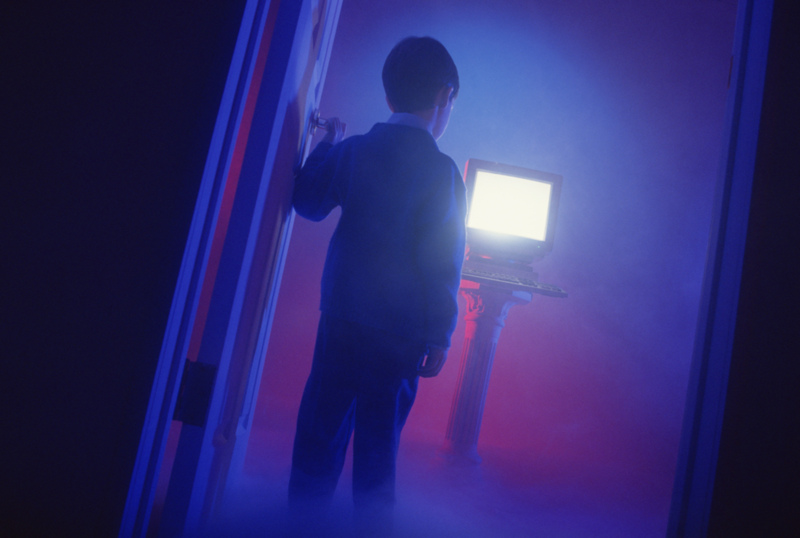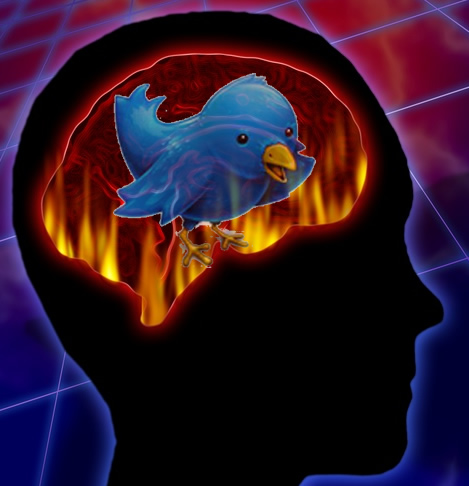I know a five year old boy. He will graduate from high school in 2025, assuming we still have high schools. With all the changes occurring in technology, funding, and public education policy, who dares to predict what this five year old will see during his K-12 years. (Arguably, education’s slow pace of adaptation could mean we will see very little change!) Each year, Beloit College publishes a mindset list for college faculty about the incoming freshman class. What would be on the mindset list of today’s five year old? — and what dare we predict may be his mindset in 2025? I venture some wild predictions, knowing full well that they are likely to be laughable long before this five year old is even out of elementary school. My musings are formatted:
2012 – mindset of today’s five year old : 2025 (or another year) – related prediction
Here we go:
2012 -all interfaces are touchable or talkable : 2025 – I just think it and it happens or explains why it cannot happen.
2012 -I swipe away what I don’t like : 2025 – I see, hear, or experience only what I DO like.

2012 – Maps talk : 2018 – There is no such thing as “map skills.” Direction and location are experienced, never represented in 2D.
2012 – Words talk when I touch them: 2025 – Text constantly changes/evolves as I “read” and adapts to my thoughts about what it says
2012 – My fingers change how things look : 2025 – My eyes and mind change how things look.
2012 – I “play a level” to move ahead : 2020 – My level is always a perfect challenge match for me, even at school.
2012 – I can repeat a level if I want to find all the magic coins and tricks : 2017 Levels change so when I return, I must learn something new.
2012 – Books and apps talk : 2015 – I talk back, and it responds.
2012 – Mom and Dad are “connected” to something via gadgets all the time : 2017 – I am connected to ALL devices from my own device ALL the time — even at school.
2012 – I control the backseat movie, the app, the game : 2020 – I control the start and stop of school.
2012 – My preschool classmates “graduate” with me : 2025 – My “class” has constantly changing membership, and I belong to cohorts for dozens of places, times, interests, and ages.
To be continued…






